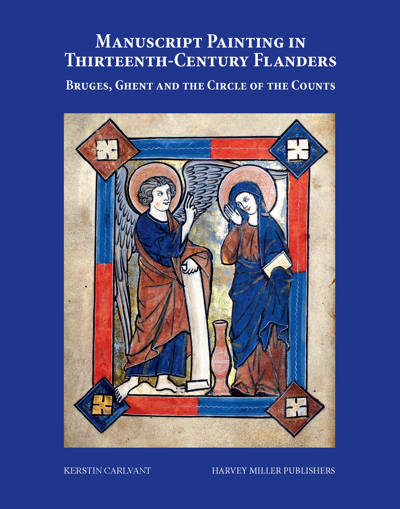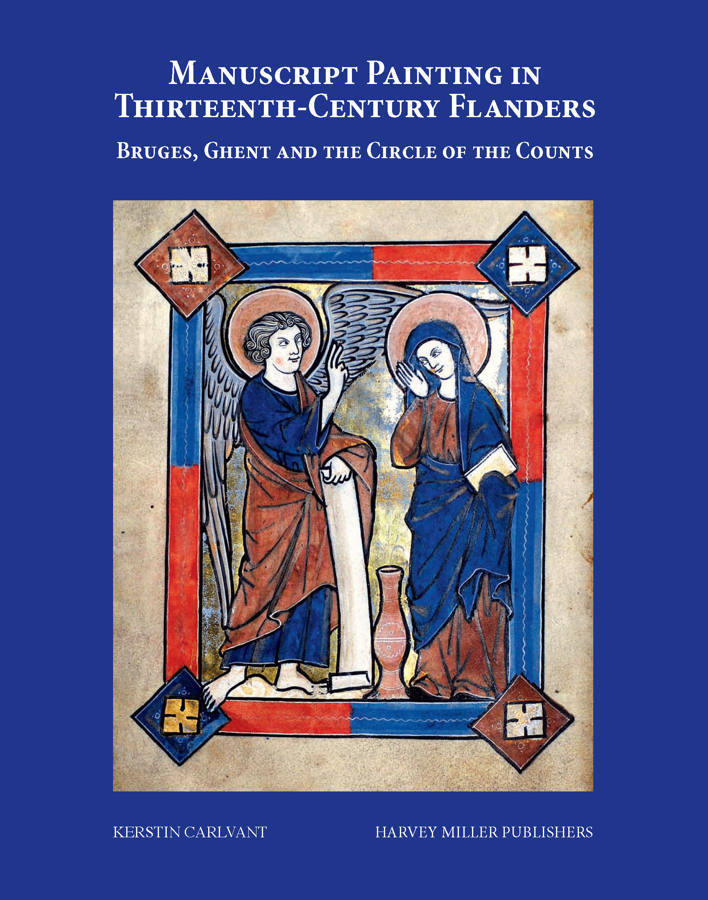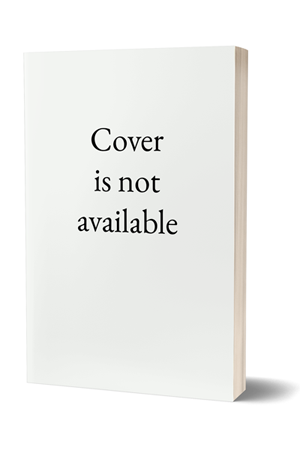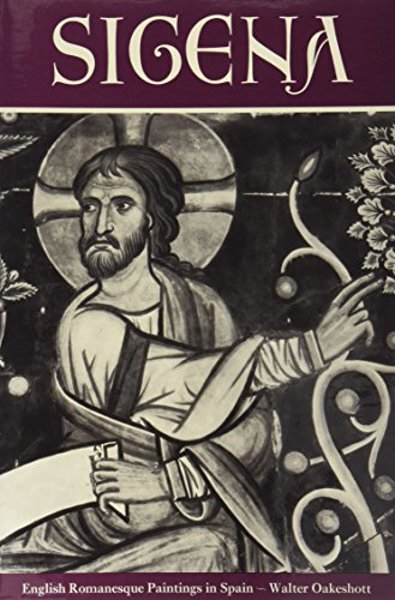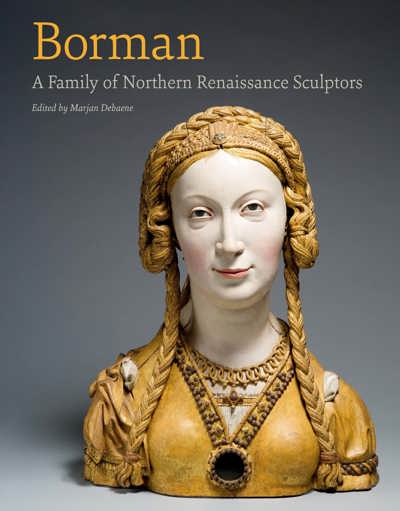
Manuscript Painting in Thirteenth-Century Flanders. Bruges, Ghent and the Circle of the Counts
Kerstin Carlvant
- Pages: 542 p.
- Size:220 x 280 mm
- Illustrations:280 b/w, 19 col.
- Language(s):English
- Publication Year:2013
- € 150,00 EXCL. VAT RETAIL PRICE
- ISBN: 978-1-905375-67-7
- Hardback
- Available
This book provides an extensive in-depth study of the figural painting produced in Flanders during the 13th century.
"[...] Manuscript Painting in Thirteenth-Century Flanders. Bruges, Ghent, and the Circle of the Counts is an extremely important contribution to the study of Gothic book illumination. The volume's catalogue will surely prove the leading source for research into the Bruges-Ghent corpus for years to come." (Richard A. Leson University of Wisconsin, in: The Medieval Review 14.01.09)
"Issu d’une thèse de doctorat (Columbia University, 1978), ce travail apporte une présentation documentée, et bien organisée, sur une production importante et mal connue." (Christian Heck, dans: Bulletin monumental, Tome 172-2, 2014, p. 186)
"Carlvant’s book is a welcome addition to the relatively slim bibliography on Flemish Gothic manuscript illumination." (Margaret Goehring, in: Manuscripta, 58.2 (2014), p. 276-280)
This is the first comprehensive and in-depth study of the earliest figural painting ever to have been produced in Flanders on a continual basis. Most of the manuscripts are Psalters, but Bibles, a Breviary, a Missal, a Netherlandic life of a saint, and yet other texts occur. Three main categories of illuminator are distinguishable: those working in Bruges, in Ghent, and, at least in part, for the circle of the counts of Flanders. The principal chapters and the catalog segments are organized around their individual contributions. An arrangement in time and place of the total body of work was obtained through a lengthy and rigorous process of comparison of figural, ornamental and writing styles, codicological and textual features. Several distinctive Flemish patterns of Psalter iconography have emerged; these are presented in tabular form with accompanying commentaries. A surprising amount of information about the early owners of the books, mostly well-to-do members of the laity, was yielded in the analysis for the manuscript catalogs.
